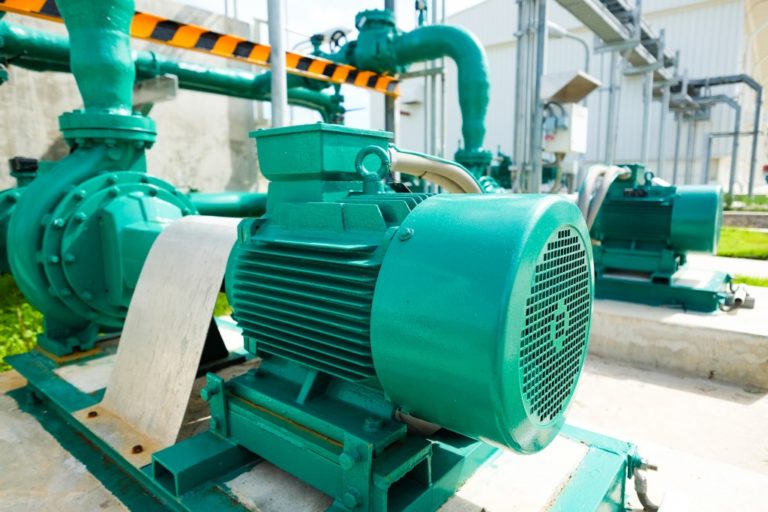When building or repairing driveways, concrete is often preferred for its longevity, while asphalt is the go-to material when it comes to cost-effectiveness. But there are more technical factors to consider.
Looking to install a new drive or simply renovate an existing one? Whether it’s an asphalt or concrete drive, knowing the differences and the merits of each one will help you in your efforts.
The Case for Asphalt: Flexibility and Cost-Effectiveness
Asphalt is a mixture of rock, sand, asphalt cement, and petroleum products. In terms of cost, you’ll spend about $2 to $5 per square foot. Due to the presence of petroleum in its composition, asphalt is flexible enough to withstand pressure that causes cracking.
After asphalt is poured, it is relatively quick to dry — about 2 to 3 days. As result, you can start using your asphalt drive much sooner after installation compared to concrete.
However, a big downside is that asphalt has a relatively short lifespan of about 10 to 20 years. Of course, this will depend on the workmanship upon installation, quality of maintenance, climate, and other usage factors.
In summer, asphalt tends to get hot as it absorbs heat. This might be inconvenient for some, especially if it prevents you from spending more time outdoors during this time of the year.
Asphalt driveways also need to be regularly maintained, ideally twice a year, to make them last longer and avoid costly repairs.
The Case for Concrete: Strength and Longevity
Concrete, on the other hand, is widely considered as the more durable and long-lasting material. It’s made up of different kinds of stone and sand, which are held together by water and cement.
Slabs made of concrete are tough enough to handle very heavy loads and they require only occasional maintenance work. In terms of lifespan, you can make concrete last up to 50 years, given the right conditions and quality of workmanship.
There are a couple of trade-offs for all these good qualities, starting with price.
Concrete is more expensive and will cost you approximately $4 to $10 per square foot. It also takes about seven days to properly dry and cure.
Installing a concrete drive is no small feat and may prove difficult for less savvy and not so technically capable. This is because the process of pouring and finishing concrete must be done expeditiously since the hardening of the material happens quickly. Hiring professionals can make the job much easier.
Unlike asphalt, concrete is much more prone to cracking. Concrete repair, whether you’re in Ogden, Sacramento, or elsewhere, can be quite expensive so make sure to do annual maintenance work. Scrubbing and applying sealers will contribute to concrete’s longevity.
The Verdict

While installing either asphalt or concrete on your drive has less stringent requirements compared to regulations governing public roads, you need to have a basic understanding of their technicalities to find the most ideal approach.
What are the pros and cons that you can bear with and which fits your budget best? The answers to these questions are derived from knowing the unique characteristics of both asphalt and concrete.



